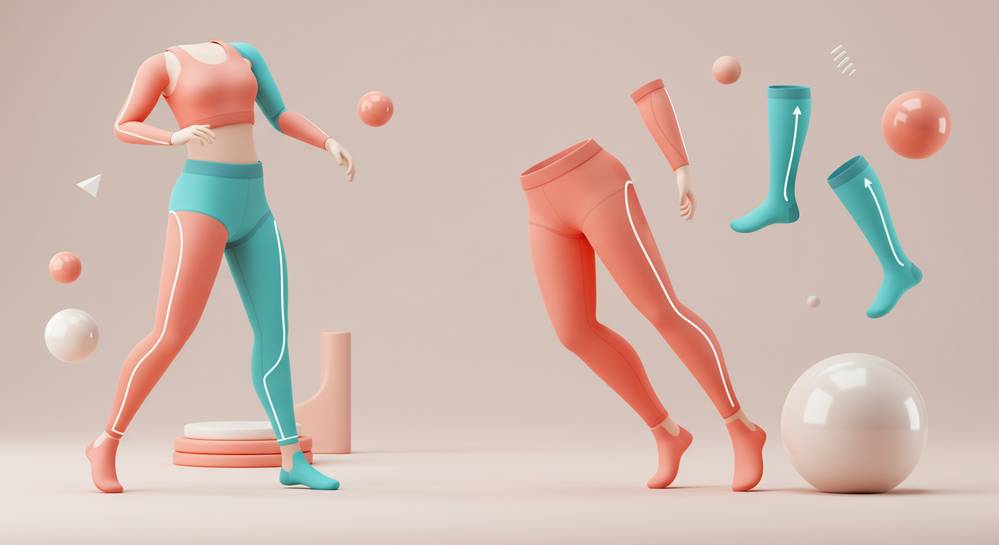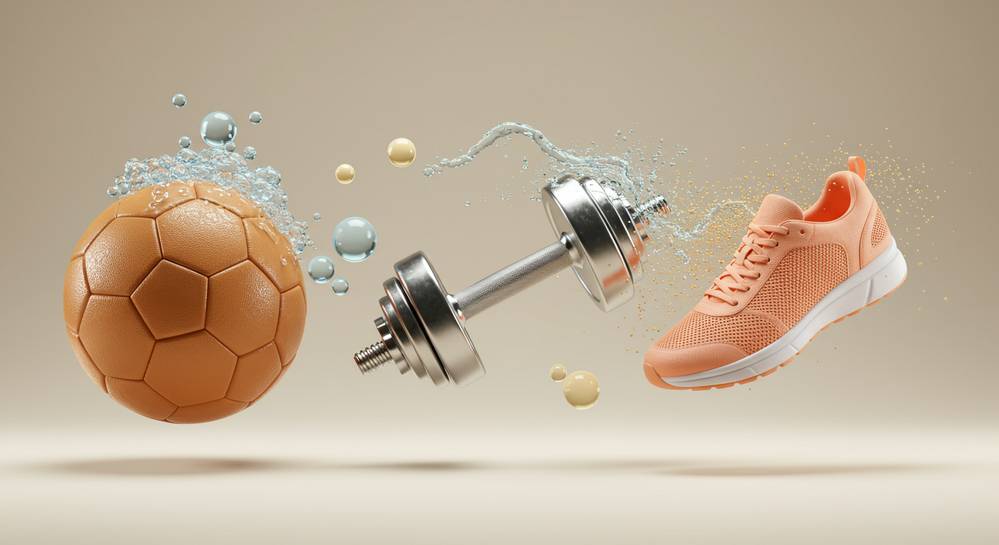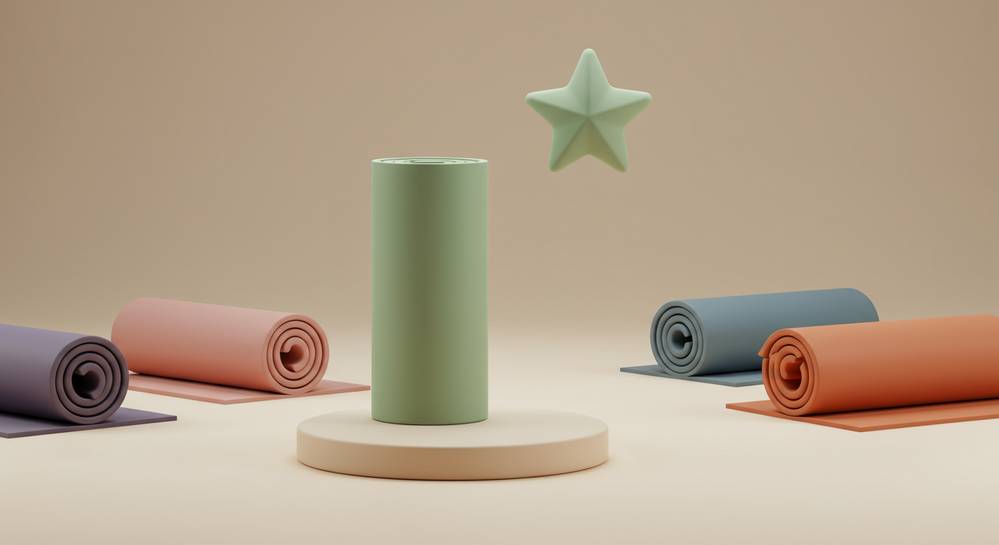From professional stadiums to local gyms, athletes are increasingly seen wearing sleek, tight-fitting apparel. But is it just a fashion statement, or is there a real advantage to be gained? Understanding compression wear for athletes is key to unlocking potential performance gains and accelerating recovery. This guide breaks down the science, benefits, and practical applications of this essential athletic gear.
What is compression wear and why do athletes use it

Compression wear for athletes is more than just tight clothing. It is engineered apparel, typically made from a blend of spandex and nylon, designed to apply targeted pressure to your muscles. This technology is not about style; its purpose is to boost performance and significantly shorten recovery time. To ensure these benefits last, understanding how to maintain your sports equipment is crucial for longevity and effectiveness.
The strategic pressure applied by athletic compression clothing offers several key advantages that athletes leverage to gain a competitive edge. These benefits are centered around improving the body’s natural processes during and after intense physical exertion.
- Enhanced Blood Flow: The garments apply pressure that aids circulation, delivering more oxygen-rich blood to active muscles and improving overall endurance.
- Reduced Muscle Fatigue: By stabilizing muscles and minimizing vibrations during activity, this gear helps decrease micro-damage, leading to less soreness post-exercise.
- Accelerated Recovery: Improved circulation helps flush out metabolic byproducts like lactic acid faster, reducing downtime and getting you ready for your next session sooner.
The science behind performance and recovery

The benefits of compression gear are rooted in physiological science. This technology uses controlled pressure to optimize your body’s natural functions during and after intense activity. It is a tool designed to enhance how you perform and recover, making it a staple for serious athletes. The science explains why this gear is so effective.
The impact on performance
During exercise, muscles vibrate upon impact, causing micro-damage that leads to fatigue. Compression garments stabilize these muscles, significantly reducing this oscillation. This focused support improves proprioception, your awareness of your body in space. Better awareness leads to more efficient movement and a reduced risk of strain, a key advantage for any athlete.
Accelerating post-workout recovery
After your workout, the repair process is critical. Graduated compression wear applies the most pressure at your extremities, like the ankle, and lessens toward the body’s core. This gradient helps push deoxygenated blood and waste products back to the heart more effectively. The result is less swelling and faster removal of the elements that cause muscle soreness.
Choosing the right compression gear for your sport

Selecting the right compression gear is crucial for maximizing its benefits. Not all garments are created equal, as different types are designed to support specific muscle groups and activities. The best compression wear for athletes is always tailored to the demands of their discipline. This targeted approach ensures you receive support precisely where it is needed most, enhancing both performance and recovery.
- Socks and Calf Sleeves: Ideal for runners and cyclists, they boost lower leg circulation and help prevent shin splints.
- Tights and Shorts: Crucial for weightlifters and sprinters, providing support to quads, hamstrings, and glutes during powerful movements.
- Arm Sleeves: Popular in sports like basketball or tennis to stabilize muscles during repetitive arm motions, aiding consistency.
- Full-Body Suits: Often used by elite swimmers and cyclists for maximum aerodynamic benefits and comprehensive recovery support.
How to maximize the benefits of compression wear
To truly unlock the potential of your compression garments, proper use and care are non-negotiable. Simply owning the gear is not enough. How and when you use your compression wear for athletes directly impacts its effectiveness and your results. Following a few key principles will ensure you get the most from your investment in performance and recovery.
- Prioritize the perfect fit: This is the most critical factor. The gear must be snug, feeling like a second skin, but never restrictive or painful. An incorrect fit can hinder circulation and negate all benefits. Always use manufacturer size charts based on specific body measurements.
- Wear it during and after workouts: For performance gains like muscle stability, wear the garments during your activity. For recovery, it is most effective when worn for several hours immediately after training to help reduce muscle soreness and swelling.
- Follow the care instructions: Proper washing preserves the fabric’s elasticity. Always use cold water and let the garments air dry. Avoid fabric softeners and high heat, as they can degrade the compressive fibers over time.
Ultimately, compression wear is more than just a style trend; it is a functional tool backed by science to help you train harder and recover smarter. By understanding how it works and choosing the right gear for your needs, you can gain a tangible edge in your athletic pursuits. For more insights into sports performance and technology, explore the resources at Sporting Currents.


